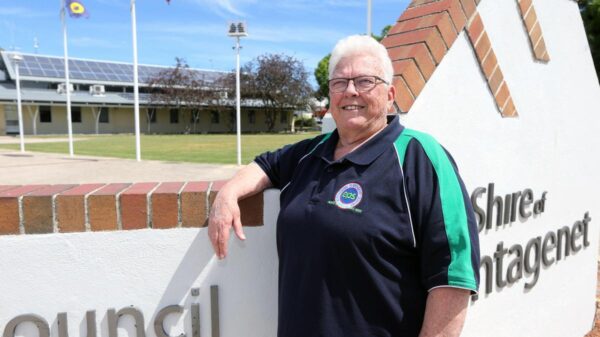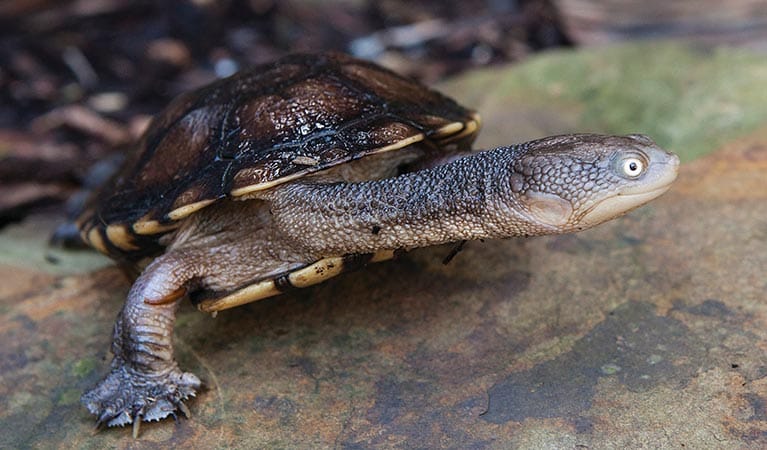UPDATE: As the temperature rises in the Hawkesbury, local veterinarians are urgently responding to a surge in injured freshwater turtles. Reports indicate a significant influx of Eastern Snake-necked and Sydney Basin Short-necked Turtles being brought to clinics after being struck by vehicles while migrating across roads.
Dr. Michelle Dalli from North Richmond Vet Hospital emphasizes the tragic nature of this yearly phenomenon. “The Eastern Snake-necked Turtle is the wanderer of our wetlands,” she states, highlighting the long distances these turtles traverse in search of mates and nesting sites. Unfortunately, these journeys often lead them into dangerous encounters with cars.
While Short-necked Turtles tend to stay closer to their home rivers and streams, basking on logs, they are not immune to threats. As turtle populations decline along Australia’s east coast, predation by introduced species such as foxes and feral pigs complicates their survival. These predators dig up nests, consume eggs and hatchlings, and further degrade fragile wetland ecosystems.
Dr. Dalli and her dedicated team have become local champions for turtle rehabilitation, employing advanced techniques to treat those injured by vehicles and dog attacks. “With the right care, many can make a full recovery and return to the wild,” she explains. In remarkable cases, she has saved future generations by extracting eggs from deceased female turtles, incubating them, and successfully releasing hatchlings back into local waterways.
As turtle migration peaks this spring, experts urge the public to assist turtles crossing roads. If you spot one, help it cross safely in the direction it was heading—turning it around may only lead to more danger.
Turtles play a crucial role in maintaining the health of our aquatic ecosystems. November is recognized as Turtle Month, and the community is encouraged to participate in conservation efforts. Visit 1MillionTurtles.com, log sightings on TurtleSAT, and learn how to protect nesting sites.
Every action counts in ensuring these resilient turtles continue to thrive in our waterways for generations to come. Stay alert and be part of the solution—together, we can make a difference for our local wildlife.



































































